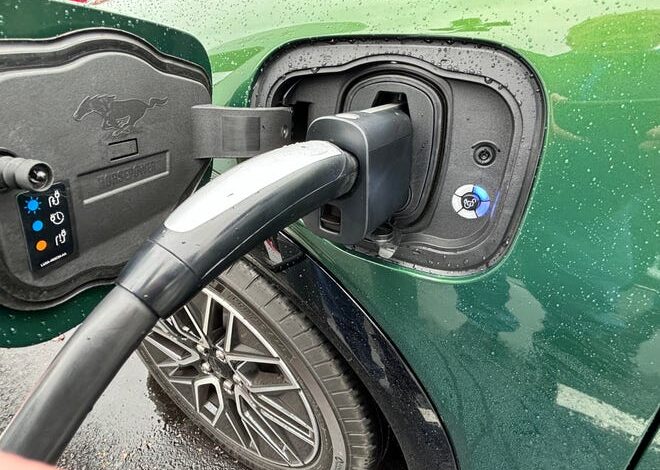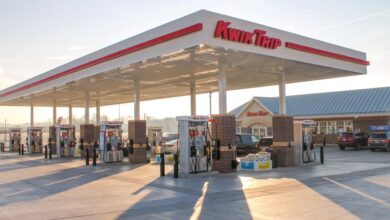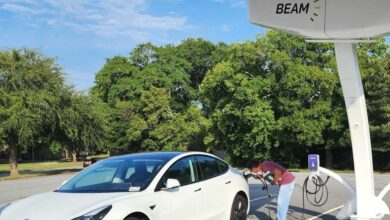Demand for Electric vehicles simply does not exist yet

Electric vehicles are certainly a part of the future of the automotive industry. Nationwide and in Ohio, auto dealers are investing billions of their own capital to support the transition.
Consumer demand is growing, but EV sales still only account for roughly 10% of new car sales nationwide, and about 1% here in Ohio. That makes the U.S. EPA’s recent mandate — that 56% of new vehicle sales to be EVs by 2032 — wildly out of step with consumer demand.
Auto dealers support the transition to EVs, having spent $5 billion to install chargers; buy EV-related equipment, parts, and tools; train sales and service staff; and market EVs to the average consumer. Dealer inventory of EVs, however, remains higher than any other drivetrain, and it’s growing. Large-scale consumer demand for EVs simply does not yet exist.
Consumers should rightly be at the forefront of this conversion. Yet of all the stakeholders involved in the conversation, auto dealers are the only ones talking to consumers—tens of thousands of consumers every day.
Consumers are telling us they need more time, more confidence, and more incentive to make the switch to EVs, and that’s unlikely to happen according to the federal government’s artificial timeline.
Opinion:Electric cars are the future. Unprepared Ohio needs to get on board.
Consumers are concerned about EV affordability.
On average they can be anywhere from $7,000 to $12,000 more than their internal combustion engine counterparts.
Contributing to this disparity, more than half of the EVs for sale today don’t qualify for the full $7,500 tax credit for buying an EV. Many consumers will opt not to go electric based on price and/or incentive alone.
Consumers are also rightly concerned about sufficient and reliable charging infrastructure and acceptable charging speeds. Sure, on an average day, charging an EV may be routine. But what does that look like when you have an out-of-town trip? Or a family driving vacation across the country?
Despite investments in charging infrastructure, fueling an EV remains more complicated, more uncertain, and more unfamiliar for the average motorist. For many, it’s more than they care to contemplate. They opt instead for the familiarity of operating an internal combustion engine or even a hybrid vehicle.
More:Green energy, EV sales are growing remarkably in the US as emissions fall. Is it enough?
Dealers have a direct line to consumer demand and consumer comfort.
Today, the vast majority of consumers are not choosing EVs when they buy new cars. Consumers value choice. They value the ability to select a vehicle that meets their needs and the needs of their families.

Auto dealers want to sell consumers the car that best meets their individual needs, regardless of the powertrain.
To be sure, we’re moving toward an EV future. But we’re simply not ready for the six-fold increase required under the new federal rules. It’s too far, too fast, and ignores those impacted the most – consumers.
When government imposes mandates on the market, it will be the consumer who loses.
Zach Doran is president of the Ohio Automobile Dealers Association.



